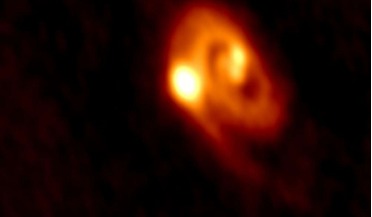 27 October 2016
Rare newly forming triple star system observed by astronomers
27 October 2016
Rare newly forming triple star system observed by astronomers
Scientists using the Atacama Large Millimeter/submillimeter Array (ALMA) have detected a rare triple-star system in the early stages formation, still surrounded by a disk with a spiral structure - helping to cement the idea that ...
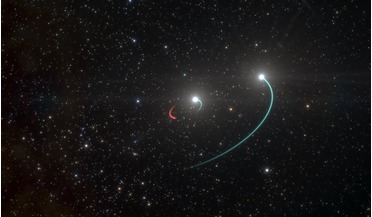 06 May 2020
Astronomers find closest black hole to Earth
06 May 2020
Astronomers find closest black hole to Earth
... and the release of gravitational waves. Although HR 6819 and LB-1 have only one black hole and no neutron stars, these systems could help scientists understand how stellar collisions can happen in triple star systems.
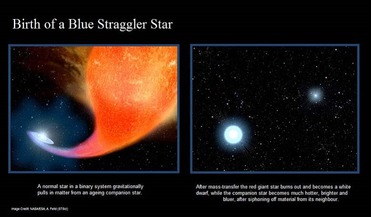 08 December 2015
New light shed on the mystery of 'Born Again' stars
08 December 2015
New light shed on the mystery of 'Born Again' stars
... postulated for the formation of blue stragglers and these include the merger of two of the stars in a triple star system or a collision between stars in the cluster (with debris coalescing to form a blue straggler). The discovery that mass-transfer...
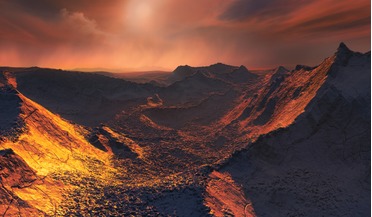 14 November 2018
Super-Earth exoplanet found around closest single star to the Sun
14 November 2018
Super-Earth exoplanet found around closest single star to the Sun
...second-closest known exoplanet to Earth. The planet’s host star is Barnard’s star, a very low-mass red dwarf that shines only ... the nearest single star to our Sun (the only stars closer to the Sun make up the triple star system Alpha Centuri), but...
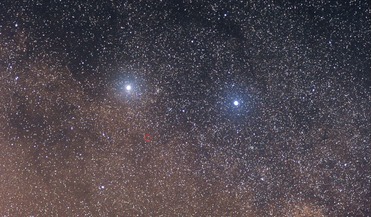 15 February 2021
Possible planet found in habitable zone around Alpha Centauri
15 February 2021
Possible planet found in habitable zone around Alpha Centauri
...visible from our world. But, in reality Alpha Centauri is a triple star system consisting of two sun-like stars, Alpha Cen A & B, and a smaller red dwarf star called Proxima Centauri. Proxima Centauri is already famous for harbouring a a rocky planet...